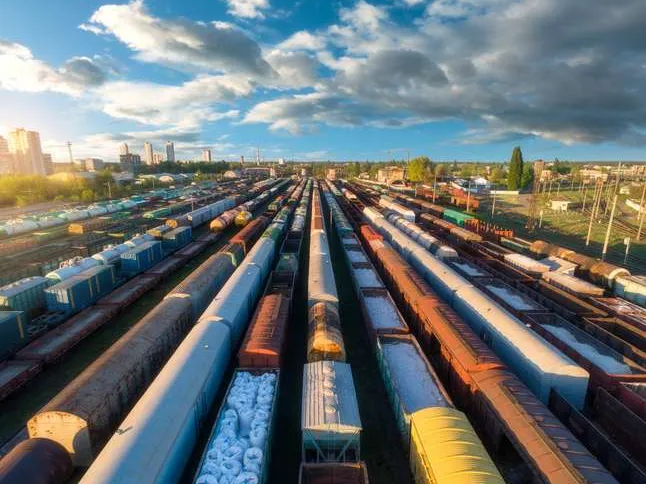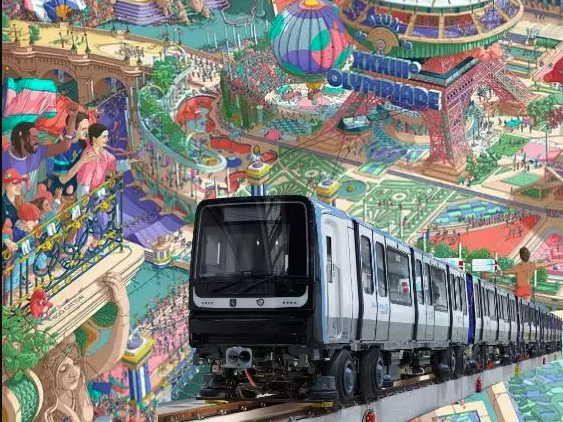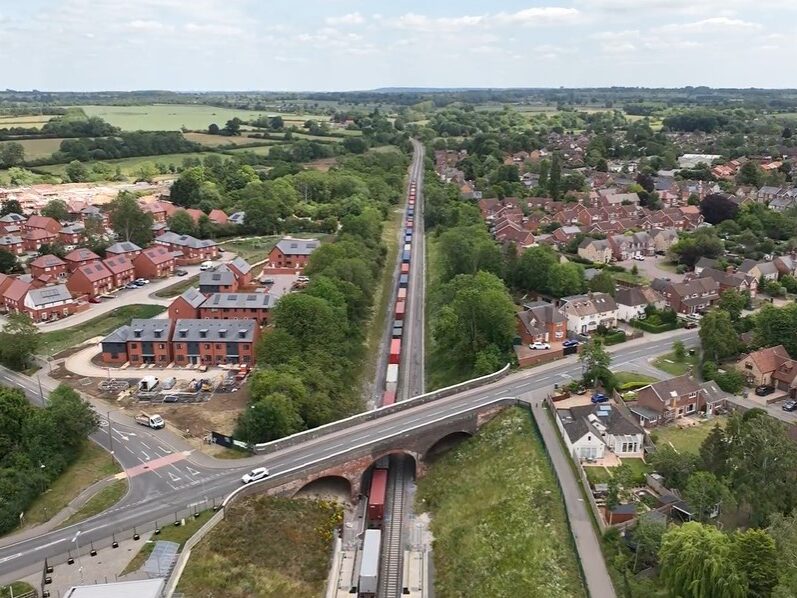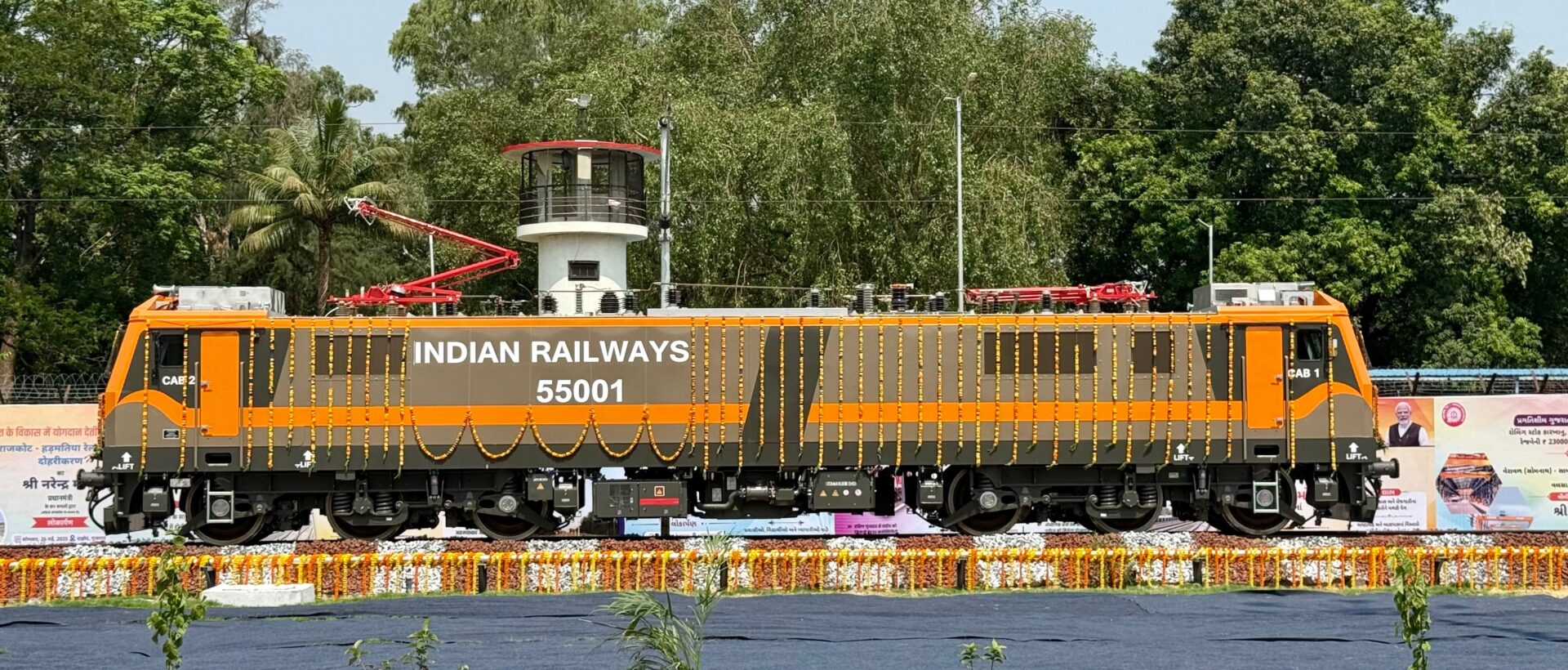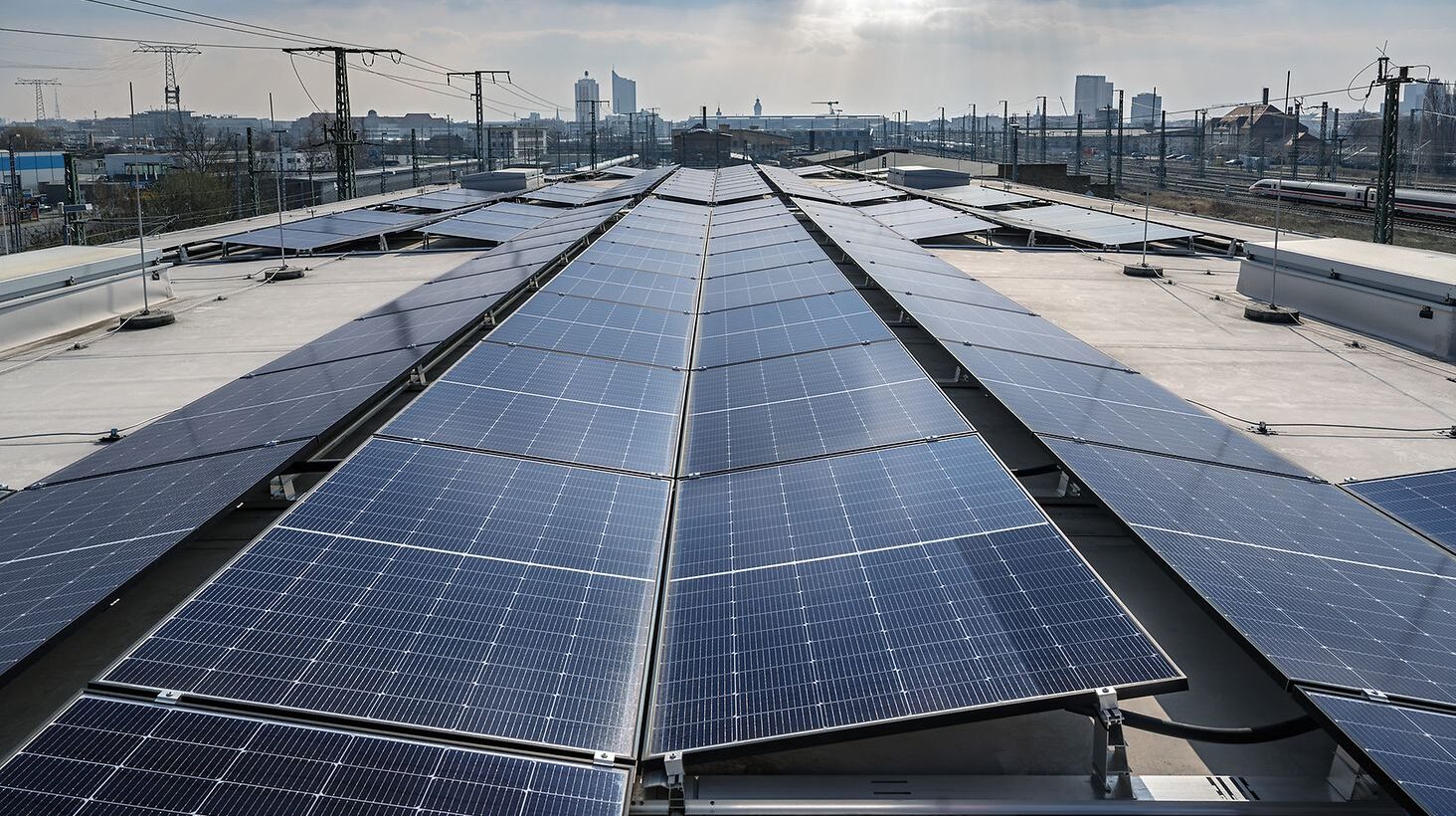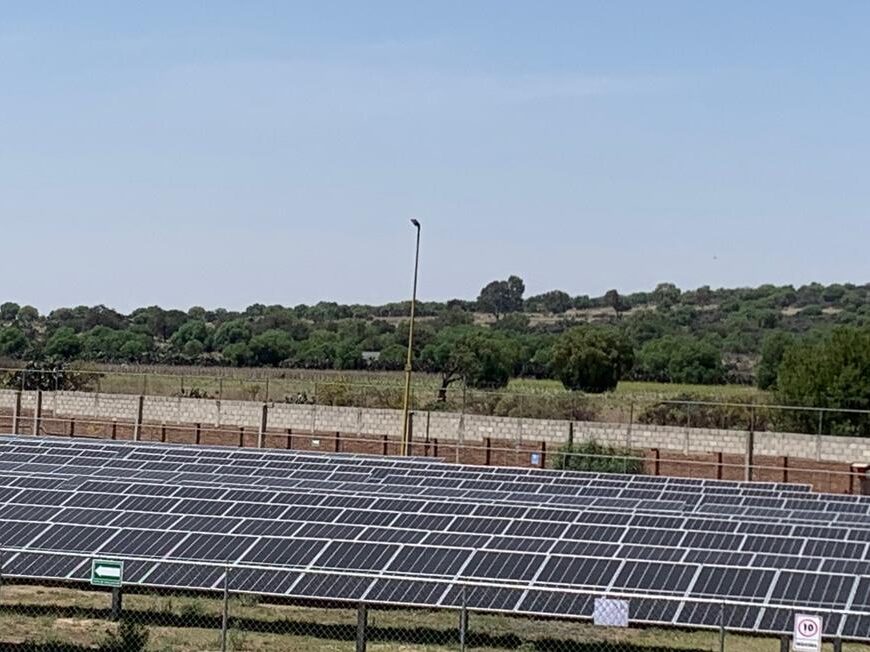Rethinking Sustainability in the Rail Industry
Sustainability doesn’t have to mean reinventing the wheel. In the rail industry, it often looks like something we’ve already been doing for decades: making things last.
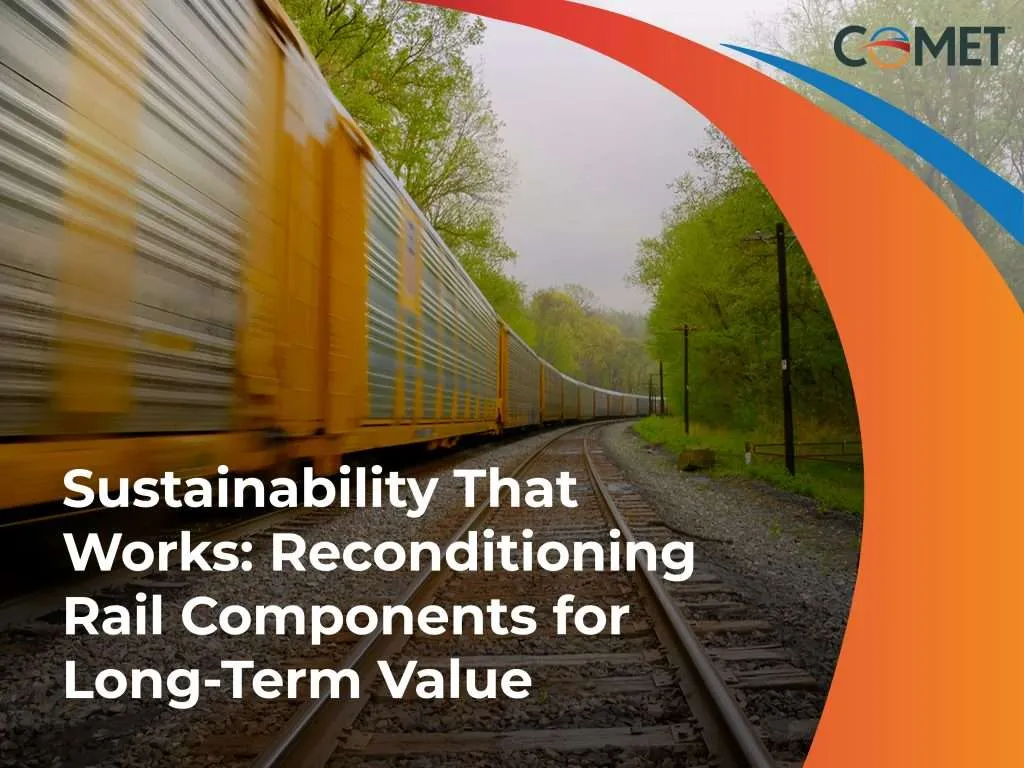
At COMET, sustainability is about smart, efficient choices—like reconditioning high-quality rail components instead of replacing them outright. It’s a practice rooted in performance, reliability, and cost-savings—and as it turns out, it’s also good for the environment.
As more companies look for practical ways to reduce waste and improve efficiency, reconditioning has earned its place as a forward-thinking solution that doesn’t compromise on standards. Let’s break down how it works—and why it makes sense.
The Case for Reconditioning: Smart, Sustainable, and Already in Motion
Across the rail industry, reconditioning is a long-standing strategy to extend the life of rail components while ensuring performance and safety. It keeps critical parts like bolsters, side frames, draft gears, and brake beams in service longer reducing the need for raw materials, lowering production emissions, and minimizing landfill waste.
It’s not about going green for the sake of it—it’s about making what works, work longer.
Reconditioning is:
- Resource-efficient: Fewer new parts manufactured means less material extraction and less energy used in production.
- Cost-effective: Repaired and rebuilt parts help companies stretch their budgets further without sacrificing quality.
- Reliable: Each component is reconditioned to meet strict AAR standards and returned to service with confidence.

The Environmental Benefit of Longevity
While headlines often focus on high-tech solutions like electric trains or hydrogen fuel cells, it’s worth remembering that one of the most sustainable things we can do is use what we already have.
In this light, COMET’s reconditioning services aren’t just a maintenance solution—they’re an environmental strategy. Here’s how:
- Lower Emissions: Manufacturing fewer new components reduces emissions across the supply chain.
- Reduced Waste: Refurbishing and reusing parts keeps them out of scrap yards and landfills.
- Extended Asset Life: The longer a component stays in service, the less often it needs to be replaced, conserving both materials and energy.
Sustainability doesn’t always come with a new label—it’s often found in long-held practices that are efficient by design.
How COMET Supports Smart Sustainability
With AAR B18 certification for reconditioning freight car side frames and bolsters, COMET restores select components to like-new condition, delivering reliable performance and cost-effective value without compromising quality.
By extending the life of these critical parts, COMET helps reduce the demand for newly manufactured components—cutting down on material waste and energy use, all while keeping railcars rolling safely and efficiently. It’s a solution rooted in industry standards and practical performance—because in rail, sustainability should always ride alongside reliability.
Thinking Ahead, Not Just Green
For rail professionals, sustainability isn’t about trends—it’s about performance, reliability, and resilience. Reconditioning offers a way to align operational goals with long-term sustainability without disrupting what’s already working.
At COMET, we’re proud to support an industry built on strength, endurance, and innovation. By keeping parts in service longer, we’re helping companies move forward—economically and environmentally.
Because sometimes the best way to be sustainable… is to keep doing what works.
FAQs
What is reconditioning in the rail industry?
Reconditioning refers to the process of repairing and restoring used rail components—such as bolsters, side frames, draft gears, and brake beams—to meet industry standards. This extends their service life and maintains performance and safety without the need for full replacement.
How does reconditioning support sustainability?
Reconditioning reduces the demand for new parts, which lowers material extraction and energy use. It also cuts emissions from manufacturing processes and minimizes landfill waste, making it an effective environmental strategy.
Is reconditioned equipment as reliable as new components?
Yes. Reconditioned parts are rebuilt to meet strict Association of American Railroads (AAR) standards. Companies like COMET ensure these components return to service with performance and safety comparable to new ones.
What are the cost benefits of reconditioning?
Reconditioning is significantly more cost-effective than manufacturing new parts. It allows companies to extend the life of their equipment while optimizing budgets without compromising on quality or safety.
Why should rail companies consider reconditioning over new part replacement?
Reconditioning aligns with both operational and environmental goals. It supports long-term asset use, ensures regulatory compliance, reduces waste, and contributes to a more sustainable supply chain—all while maintaining system reliability.
This article was originally published by Comet Industries.


